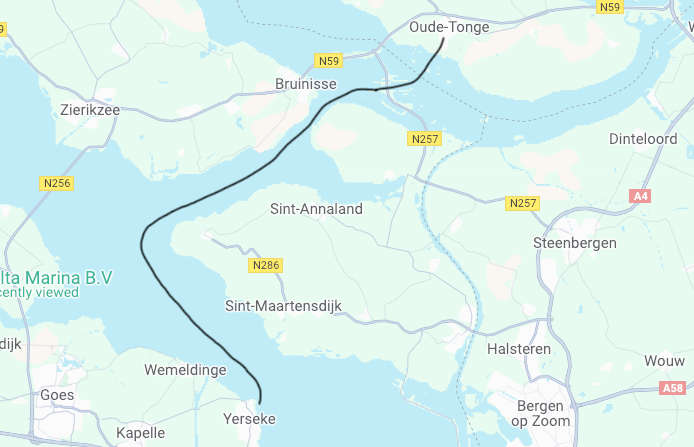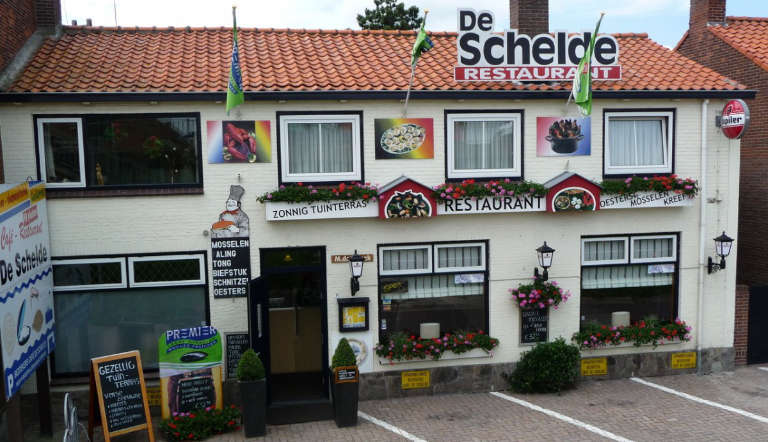We left Oude Tonge at lunchtime and headed through the Krammer lock, which means we are back in the salt water heading for Yerseke.
It was pretty uneventful and in fact a lot easier than normal as we had plenty of crew. We had quite strong winds on the nose so we motored all the way. Even when we turned 120° to starboard for some reason the wind stayed on the nose.
Yerseke is a working fishing port and quite big. However there is a large and well equipped marina.
The town is good with a Albert Heijn supermarket plenty of shops. We wandered around looking for a restaurant and found a jewel in the café de schelder. Very busy but great service and superb muscles, probably the best meal we have had in the Netherlands so far.


About Yerseke
Yerseke is a proper Zeeland fishing town, full of salty charm and excellent seafood. The marina is split between the old harbour (near the fishing fleet) and the modern yacht harbour, both of which have good facilities. The town itself is just a few minutes’ walk away, with cosy restaurants, fishmongers, and waterfront terraces where you can enjoy the catch of the day.
This is one of the best places in the Netherlands to sample fresh oysters and mussels, straight from the source. There’s even a mussel museum if you want to dive deeper into the local culture.
Sailing from Oude-Tonge to Yerseke
Leaving Oude-Tonge always feels like departing from the edge of someone’s garden — the marina is snug and calm, tucked just off the Volkerak, and you’re quickly back in open water after exiting the short canal.
Once you’re into the Volkerak, you head southwest toward the Philipsdam. The scenery becomes a bit more expansive, with farmland stretching out and the occasional working barge keeping you company. You’ll make your way to the Krammersluizen, the lock system that connects the Volkerak with the Oosterschelde.
The Krammersluizen are efficient and well-used, so give a call on VHF channel 20 before you arrive. Depending on the traffic — especially commercial — you might have a short wait. Once through, the character of the water changes. You’re now in the Oosterschelde, where tide, current, and saltwater come back into play.
Here, you’ll feel the sea breeze more clearly, and depending on your timing, you might catch a favourable tide running westward toward Yerseke. The channel is broad and busy, especially around the Bergsediepsluis, but well-marked and easy to follow. You’ll pass Tholen and Stavenisse off to port, with the vast openness of the Oosterschelde ahead.
Approaching Yerseke, you begin to see the signs, oyster beds, fishing boats, and the tell-tale lines of mussel plots. Yerseke is the mussel capital of the Netherlands, and its harbour reflects that — part working, part welcoming to visiting yachts.
Quick Sailing Notes:
- Distance: Roughly 20–25 NM depending on tides and route.
- Locks: You’ll go through Krammersluizen from Volkerak to Oosterschelde.
- Tidal Info: The Oosterschelde is fully tidal. Plan your departure to ride the tide toward Yerseke.
- Depths: The route is deep and well-marked, but watch for strong current in the Oosterschelde.
- VHF: Krammersluizen — Channel 20; traffic in the Oosterschelde can be busy, so stay alert.
It’s a satisfying route, a bit of lock handling, a decent stretch of open water sailing, and a rewarding landfall in one of Zeeland’s best harbours for food and local colour.
